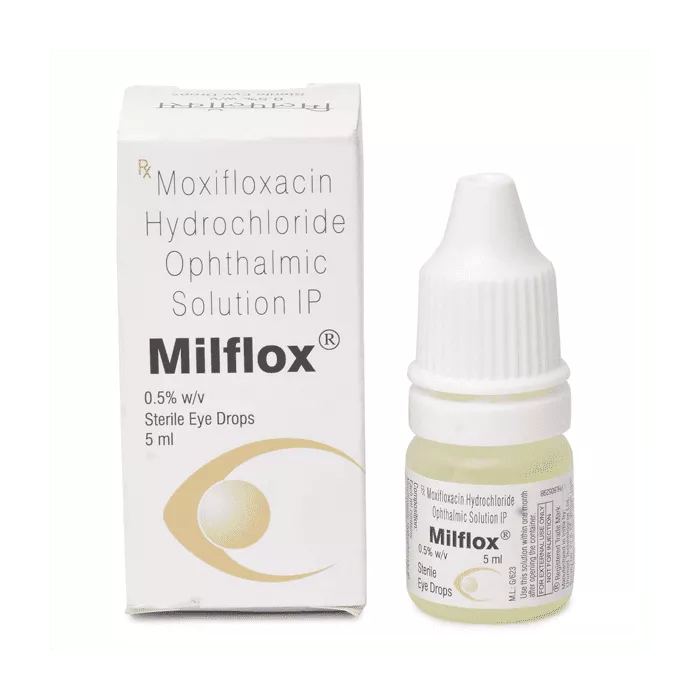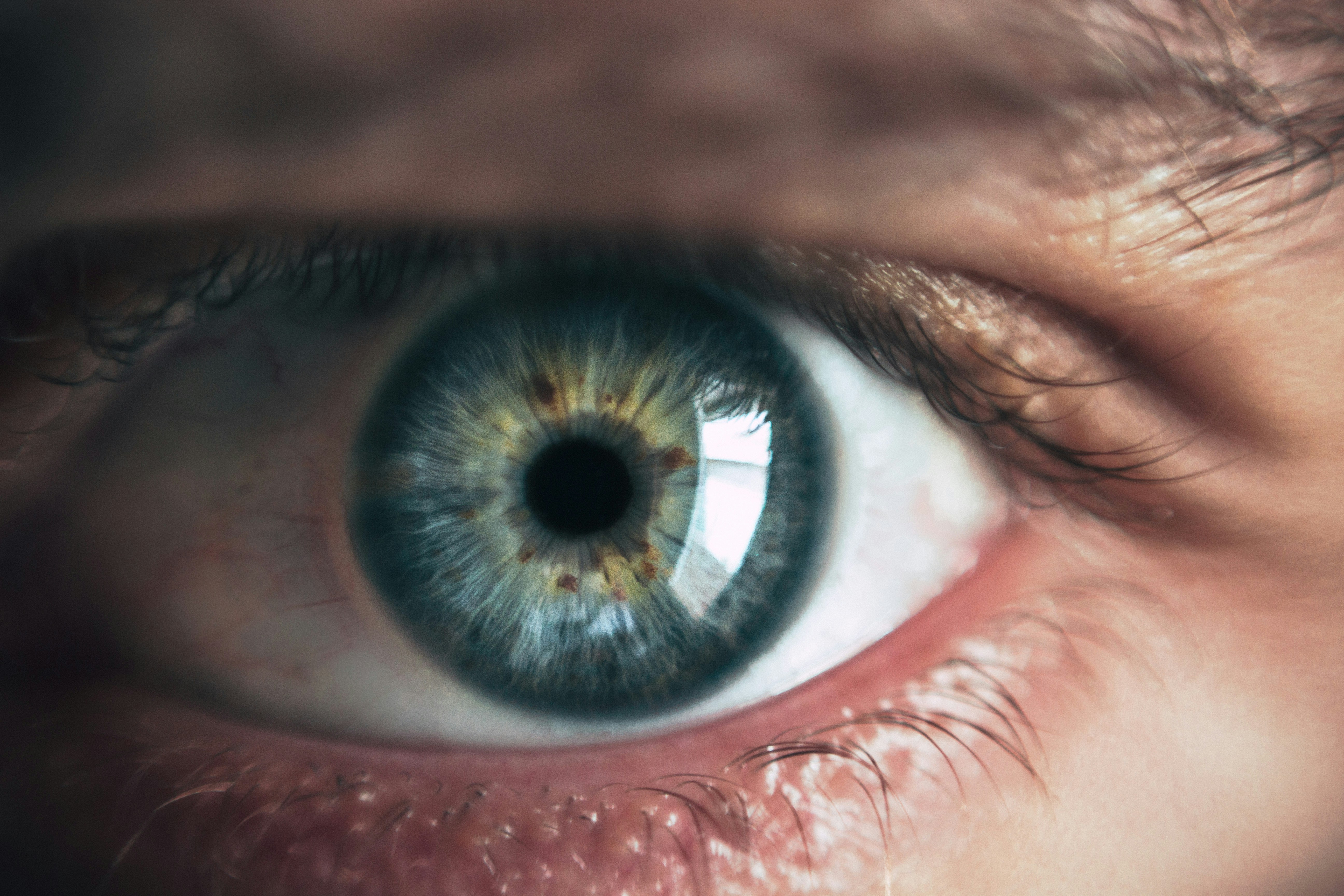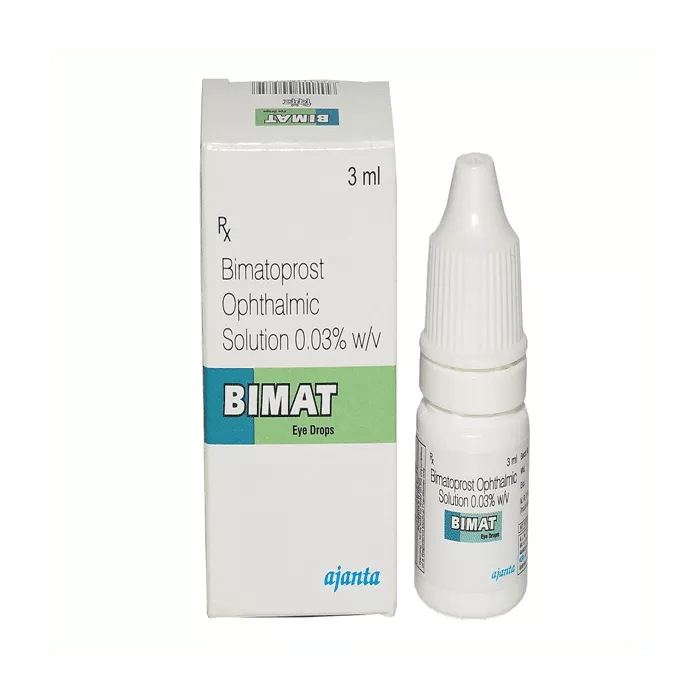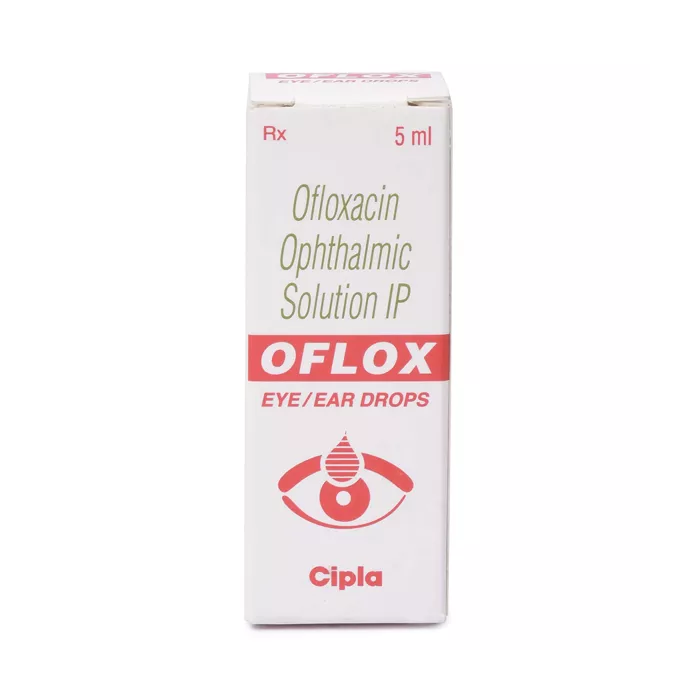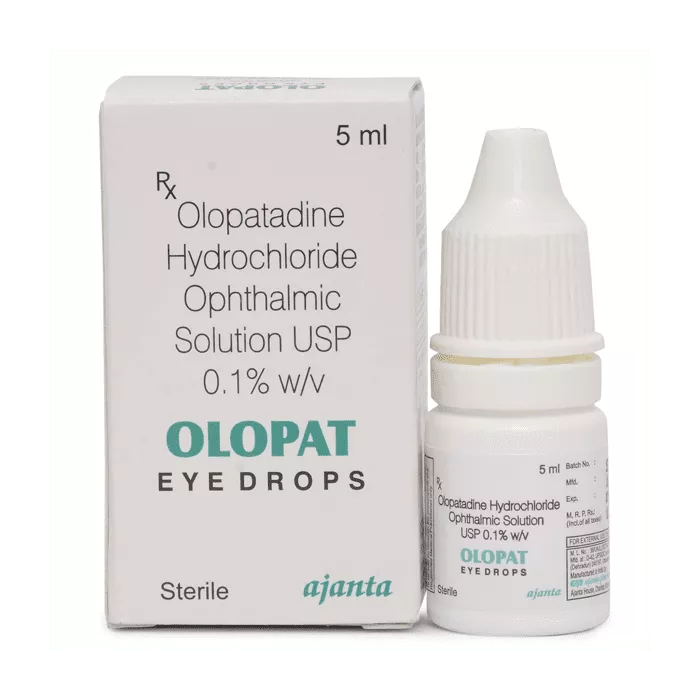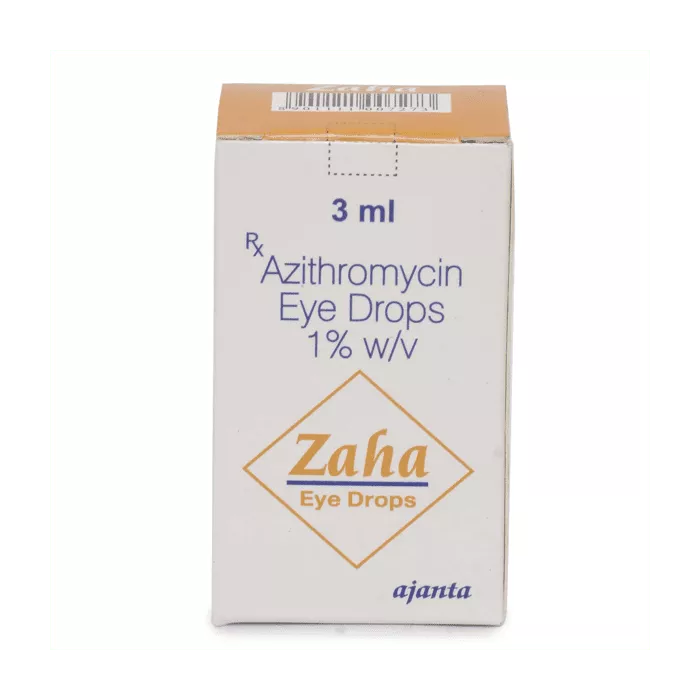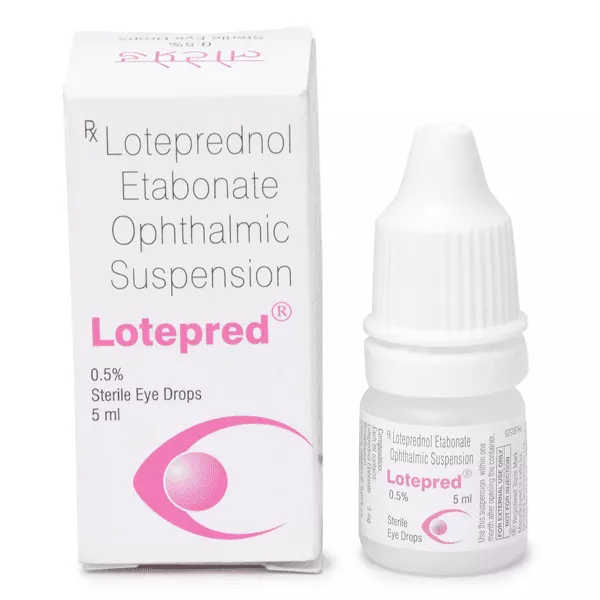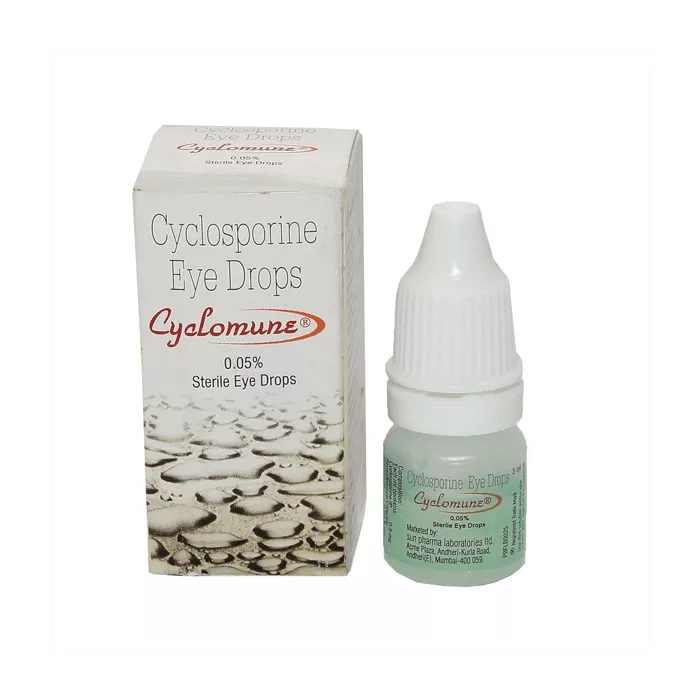
Cyclomune is brand of Sun Pharmaceuticals having salt Cyclosporine. Sun Pharmaceuticals is one of biggest generic drug manufacturer throughout global markets. It has served more than 150 markets globally. It has more than 2000 marketed products and is the leading pharmaceutical drug company of India.
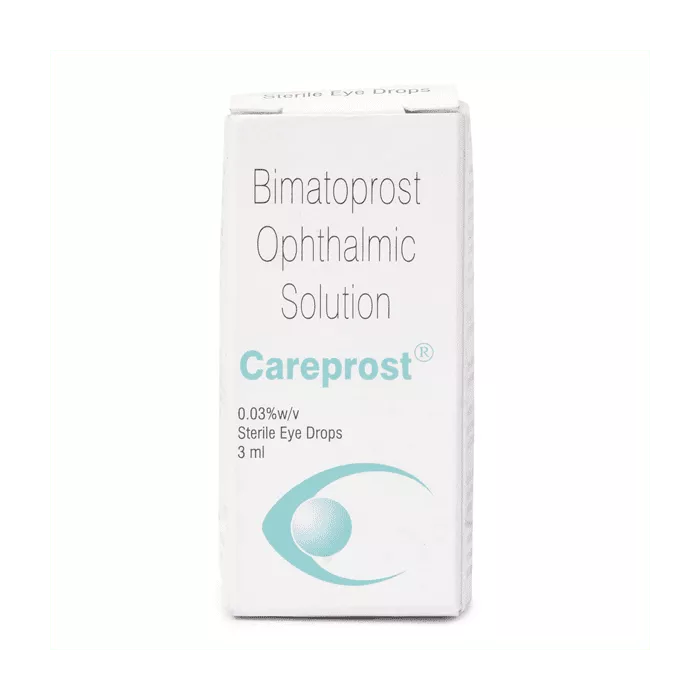
Careprost is an eyedrop containing Bimatoprost as an active ingredient. This 3 ml eye drop bottle helps treat glaucoma and other eye problems. It is available at most medical stores and can be taken through a doctor’s prescription only. The drop comes in strengths of Careprost Plus, Careprost with Brush 3 ml 0.03%.
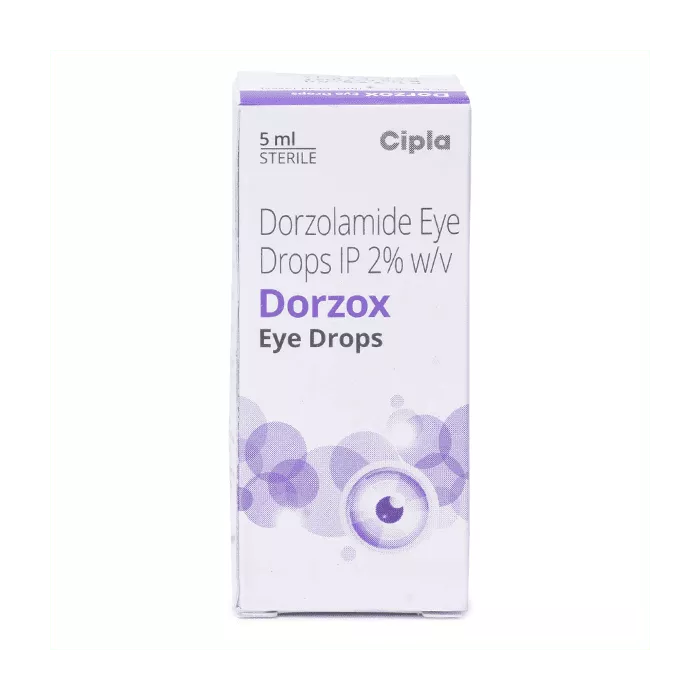
Dorzox 2% w/v -5 ml Eye Drops contains an active ingredient, Dorzolamide 2% w/v in a 5 ml eye drop bottle, which is used for the treatment of Glaucoma. You can search it from all the leading pharmacy, drugstores and medical supply stores and can be given by doctor’s prescription only.
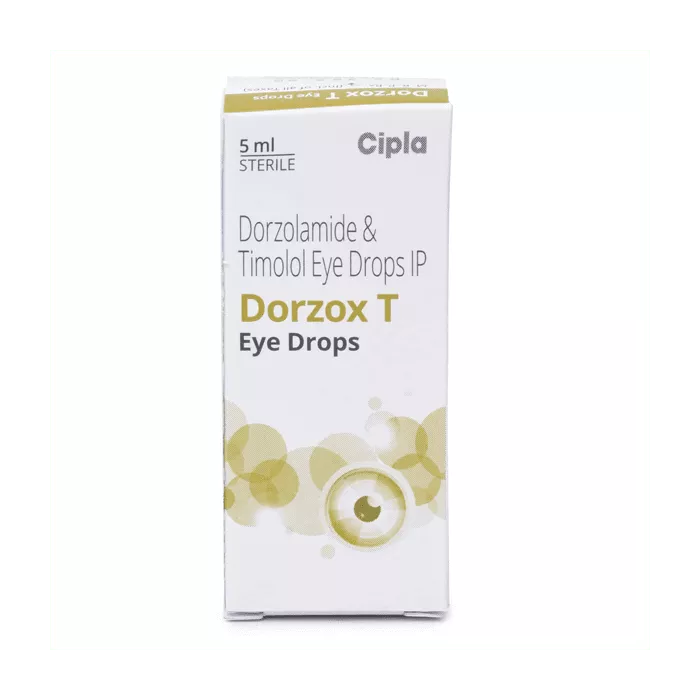
Dorzox T -5 ML Eye Drops contains active ingredients, Dorzolamide 2% w/v and Timolol 0.5% w/v in a 5 ML Eye Drop bottle, which is used for the treatment of Glaucoma. You can search it from all the leading pharmacy, drugstores and medical supply stores but can be given only by doctor’s prescription only.
